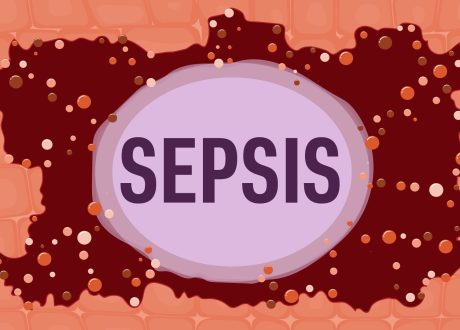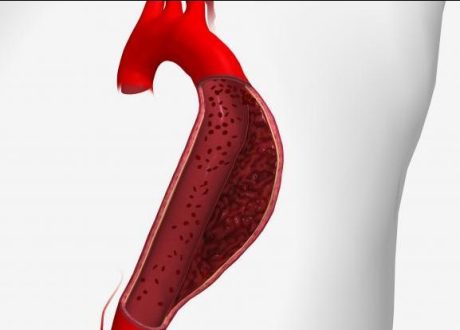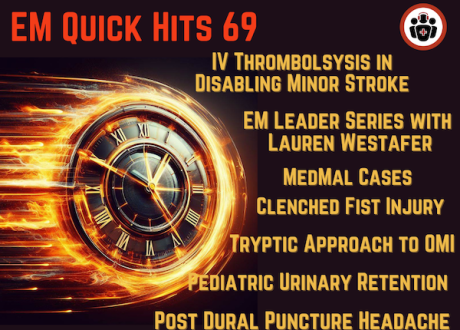Cecilia Karlsson, MD, PhD1,2; Line Kristin Johnson, PhD3; Peter J. Greasley, PhD4; et al
 Key Points           
Key Points            
Question  Does Roux-en-Y gastric bypass (RYGB) affect cardiovascular risk factors independent of caloric restriction and weight loss?
Findings  In this nonrandomized controlled study, patients with severe obesity undergoing RYGB demonstrated a clinically meaningful reduction in major atherogenic blood lipids, which was not seen in patients undergoing an isocaloric very low-energy diet with a matching weight loss.
Meaning  Surgery-specific changes on major atherogenic blood lipids seem to be independent of weight loss and may explain at least part of the long-term cardiovascular benefits of RYGB.
Abstract
Importance  Roux-en-Y gastric bypass (RYGB) is associated with reduced cardiovascular (CV) risk factors, morbidity, and mortality. Whether these effects are specifically induced by the surgical procedure or the weight loss is unclear.
Objective  To compare 6-week changes in CV risk factors in patients with obesity undergoing matching caloric restriction and weight loss by RYGB or a very low-energy diet (VLED).
Design, Setting, and Participants  This nonrandomized controlled study (Impact of Body Weight, Low Calorie Diet, and Gastric Bypass on Drug Bioavailability, Cardiovascular Risk Factors, and Metabolic Biomarkers [COCKTAIL]) was conducted at a tertiary care obesity center in Norway. Participants were individuals with severe obesity preparing for RYGB or a VLED. Recruitment began February 26, 2015; the first patient visit was on March 18, 2015, and the last patient visit (9-week follow-up) was on August 9, 2017. Data were analyzed from April 30, 2021, through June 29, 2023.
Interventions  VLED alone for 6 weeks or VLED for 6 weeks after RYGB; both interventions were preceded by 3-week LED.
Main Outcomes and Measures  Between-group comparisons of 6-week changes in CV risk factors.
Results¬†¬†Among 78 patients included in the analyses, the mean (SD) age was 47.5 (9.7) years; 51 (65%) were women, and 27 (35%) were men. Except for a slightly higher mean (SD) body mass index of 44.5 (6.2) in the RYGB group (nвАЙ=вАЙ41) vs 41.9 (5.4) in the VLED group (n = 37), baseline demographic and clinical characteristics were similar between groups. Major atherogenic blood lipids (low-density lipoprotein cholesterol, nonвАУhigh-density lipoprotein cholesterol, apolipoprotein B, lipoprotein[a]) were reduced after RYGB in comparison with VLED despite a similar fat mass loss. Mean between-group differences were вИТ17.7 mg/dL (95% CI, вИТ27.9 to вИТ7.5), вИТ17.4 mg/dL (95% CI, вИТ29.8 to вИТ5.0) mg/dL, вИТ9.94 mg/dL (95% CI, вИТ15.75 to вИТ4.14), and geometric mean ratio was 0.55 U/L (95% CI, 0.42 to 0.72), respectively. Changes in glycemic control and blood pressure were similar between groups.
Conclusions and Relevance  This study found that clinically meaningful reductions in major atherogenic blood lipids were demonstrated after RYGB, indicating that RYGB may reduce CV risk independent of weight loss.
Trial Registration  ClinicalTrials.gov Identifier: NCT02386917








